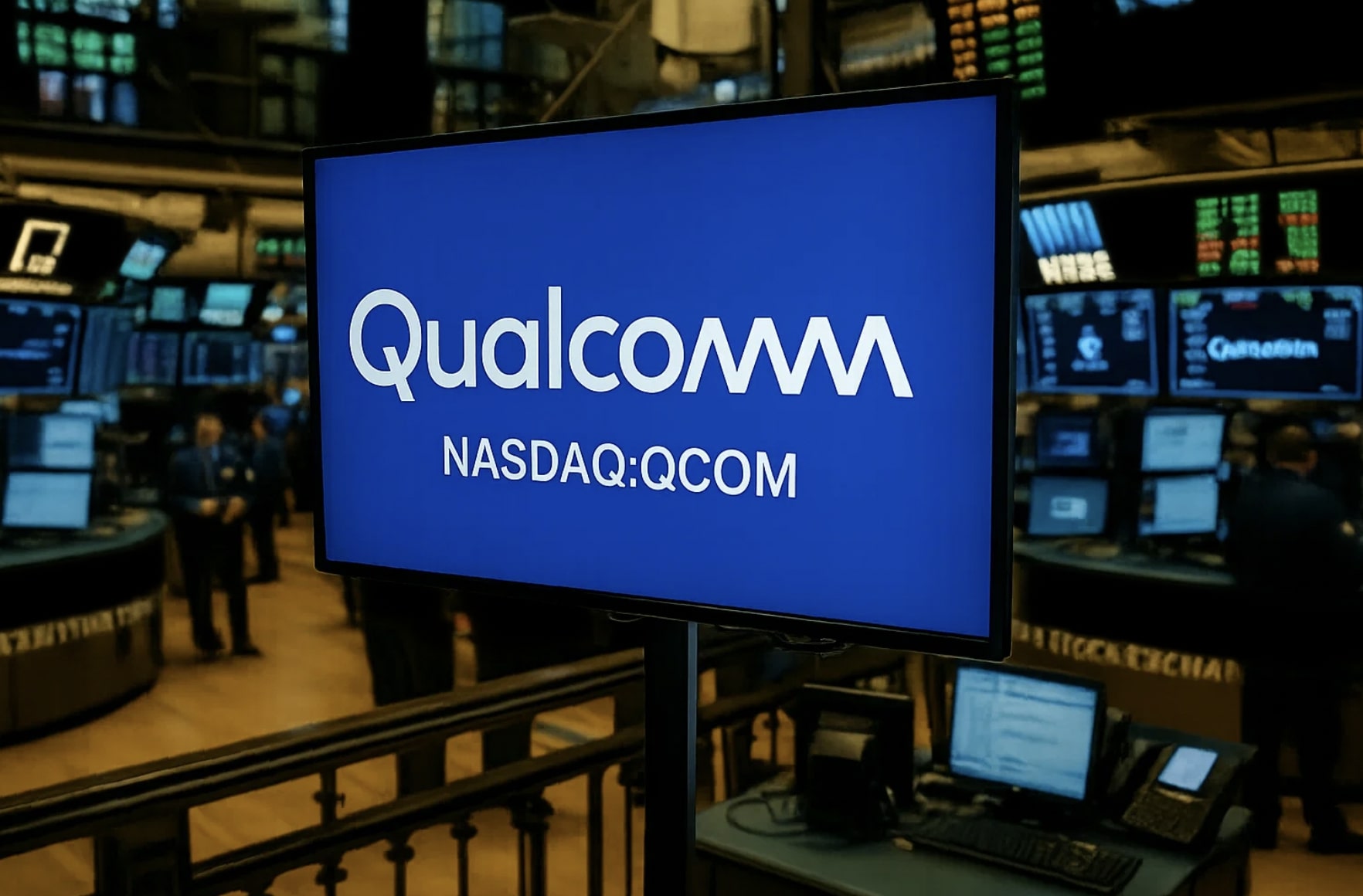Post-Pandemic Revenue Realignment for NYSE:PFE
Pfizer’s share price, now hovering around $22.50, reflects the dramatic normalization of COVID-era profits. Having booked over $91 billion from its Comirnaty vaccine and another $26 billion from Paxlovid between 2021 and 2024, the company’s blockbuster windfall has given way to a more disciplined revenue run-rate. In 2024 Pfizer generated $63.6 billion in total sales and projects $61–64 billion for 2025, guided lower by an anticipated $1 billion hit from U.S. drug‐pricing negotiations under the Inflation Reduction Act. With COVID vaccine volumes stabilizing at flu‐like seasonal levels and multi-year international contracts locking in predictable demand, the business has transitioned from hyper-growth back into pharma’s classic cadence of modest annual fluctuations. You can track intraday fluctuations here: REAL TIME
Strategic Acquisitions and Pipeline Execution Imperatives for NYSE:PFE
In the wake of the pandemic, management deployed nearly $70 billion on high-profile deals—most notably the $43 billion acquisition of Seagen and its ADC oncology portfolio, the $7 billion purchase of Arena Pharmaceuticals for Etrasimod (Velsipity), and the $11.6 billion take-over of Biohaven and its migraine franchise. Collectively these assets generated approximately $4.6 billion in sales in 2024, with Seagen’s Padcev and Tukysa accounting for $3.4 billion, Velsipity contributing $600 million in its first full year, and Nurtec from Biohaven delivering $1.3 billion. While these revenues fall short of deal valuations on a one-year basis, the late-stage pipeline now encompasses 32 regulatory filings and more than 30 Phase III programs, including pivotal readouts in muscle-invasive bladder cancer, multiple myeloma, RSV prevention (Abrysvo) and innovative flu/COVID combination vaccines. That execution must prove durable if Pfizer is to offset revenue declines from COVID normalization and prepare for looming patent expirations.
Imminent Patent Expiry Headwinds and IRA Pricing Pressures Surrounding NYSE:PFE
Between 2026 and 2028, Pfizer faces a cumulative $17 billion loss of exclusivity on blockbusters such as Eliquis ($12 billion peak), Ibrance ($6 billion), Prevnar 13 ($6 billion), Xtandi ($4 billion) and Vyndaqel ($2 billion). Management contends that $20 billion of new‐launch revenues by 2030—anchored by Seagen ADCs and immunology assets—will neutralize these cliffs, but the cadence of loss and gain will be uneven. The IRA’s negotiated price reductions, though expected to depress 2025 sales by roughly $1 billion, may be partially rolled back under future legislation, adding a regulatory unknown to patent dynamics. The net effect is a multi-year revenue profile that dips modestly in 2025–27 before rebounding in 2028–29, demanding careful stewardship of R&D, marketing spend and cost structure.
Cash Flow Generosity and Debt Reduction Drive for NYSE:PFE
Pfizer closed 2024 with $20.5 billion in cash and short-term investments offset by $61.6 billion of total debt, resulting in net leverage near 3.7× 2024 EBITDA. Operating cash flow of $13 billion funded $9.6 billion of dividends and $7.8 billion of debt paydown, while a $3 billion infusion from Haleon share sales in Q1 2025 accelerated deleveraging toward management’s 3.25× target. Despite $3 billion of annual interest expense, the balance sheet supports both a nearly 8 percent dividend yield and the resumption of share repurchases once gross leverage falls into range, preserving ample liquidity for ongoing R&D investment and potential opportunistic M&A.
Research & Development Investment and Late-Stage Pipeline Depth at NYSE:PFE
Under CEO Albert Bourla, R&D spend has climbed above 20 percent of revenue—unprecedented in Pfizer’s history—and yielded 14 regulatory approvals in 2024 across oncology, rare disease and vaccine portfolios. The late‐stage pipeline of 32 programs spans multiple modalities: antibody-drug conjugates, small molecules, mRNA candidates and monoclonal antibodies. Key upcoming milestones include registrational readouts for Padcev/pembrolizumab in non-muscle-invasive bladder cancer, Phase III results for Velsipity in ulcerative colitis, and the launch of the first Android XR device powered by Snapdragon XR processors. While trial failures remain possible, this depth of clinical assets provides a broad array of upside scenarios to replace revenues lost to patent expiry.
Insider Transaction Signals and Shareholder Alignment at NYSE:PFE
Senior executives and directors have modestly added to their holdings even as the stock traverses multi-year lows—an indicator of confidence in near-term value. Recent Form 4 filings show cumulative insider purchases totaling over $10 million in the past six months, a rare sight among Big Pharma names. You can review the full roster of insider transactions here: https://www.tradingnews.com/Stocks/PFE/stock_profile/insider_transactions
Technical Indicators and Valuation Context for NYSE:PFE
Technically, Pfizer trades just above its 200-day simple moving average at $22, with immediate resistance at $24. The RSI sits near 42, hinting at below-average momentum without signaling an oversold extreme, while MACD remains slightly negative. On a fundamental basis PFE commands roughly 7–8× 2025 consensus EPS of $2.80–3.00 and 1.4× trailing sales of $63.6 billion, well south of sector medians around 12× EPS and 3× sales. The near-8 percent dividend yield and a 74 percent gross margin underscore significant yield and pricing power, but sustainable upside likely depends on late-stage clinical success and visible margin preservation post-LOE.
Investment Verdict and Risk-Reward Profile for NYSE:PFE
Navigating a complex landscape of normalized COVID revenues, heavy patent cliffs, drug-pricing reforms and hefty debt obligations, Pfizer nonetheless boasts unrivaled cash flow generation, a deep clinical pipeline and an exceptional dividend income profile. While capital appreciation may remain muted until high-profile readouts confirm the new-launch offset to loss of exclusivity, the near-8 percent yield offers compelling downside protection for income-oriented portfolios. For those anchoring their decision on income generation with a view to potential upticks in 2026–28, PFE merits continued holding. Investors seeking a clearer line of sight to growth inflection may prefer to await clinical catalysts before establishing new positions.

















